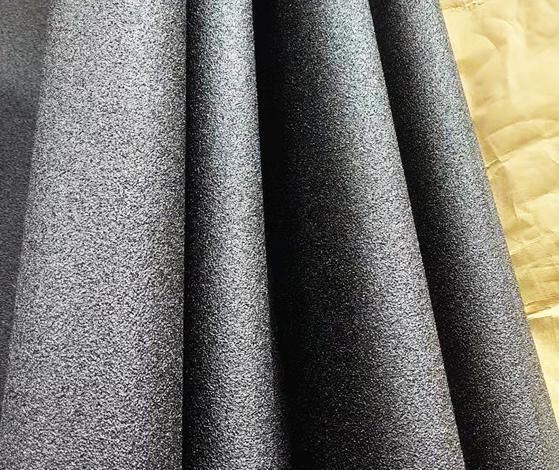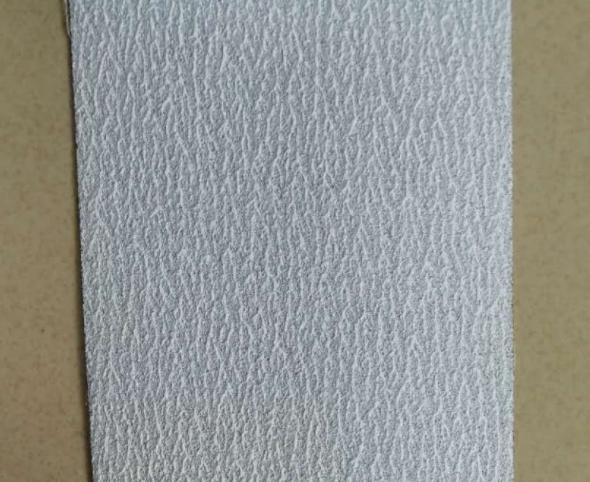HotKeywords: Sandpaper series ,
Blocking is when the gap between the abrasive particles is quickly covered and filled with chips before the abrasive cutting edge is completely blunted, resulting in the loss of cutting ability of the abrasive belt.
There are many reasons for blockage, mostly due to improper use, processing materials, and selection of abrasive belts:
Reason 1:
The contact wheel or pressure plate is too soft, making it difficult for the abrasive particles to penetrate the workpiece. The abrasive belt is mainly in a grinding state, and the temperature in the processing area is heated due to friction, causing chips to "weld" onto the abrasive belt, causing blockage.
Solution:
Hard contact wheels and pressure plates should be used, or contact wheels and pressure plates with peak tooth backs can be used, and small diameter contact wheels can also be used.
Reason 2: If the speed of the abrasive belt is too high, it is difficult for the abrasive particles to effectively penetrate the workpiece, which can also cause blockage and workpiece burns.
Solution:
Reduce the speed of the sand belt.
Reason 3:
The processed material is too soft (such as non-ferrous metals such as aluminum and copper), which can easily cause surface blockage of the sand belt.
Solution: Use sparse planting sand tape; Use coarse-grained sand tape when meeting the roughness requirements. Using brittle silicon carbide abrasive belts; By adding grinding aids, such as using lubricants.

Reason 4:
The processing surface of easily clogged materials is smooth.
Solution: For this type of material, lubricating grease and coarse grit sand belts (J64/AJ25M, etc.) that are prone to scratches should not be used. Super coated sand belts should be used, which have good chip removal and anti clogging performance.
